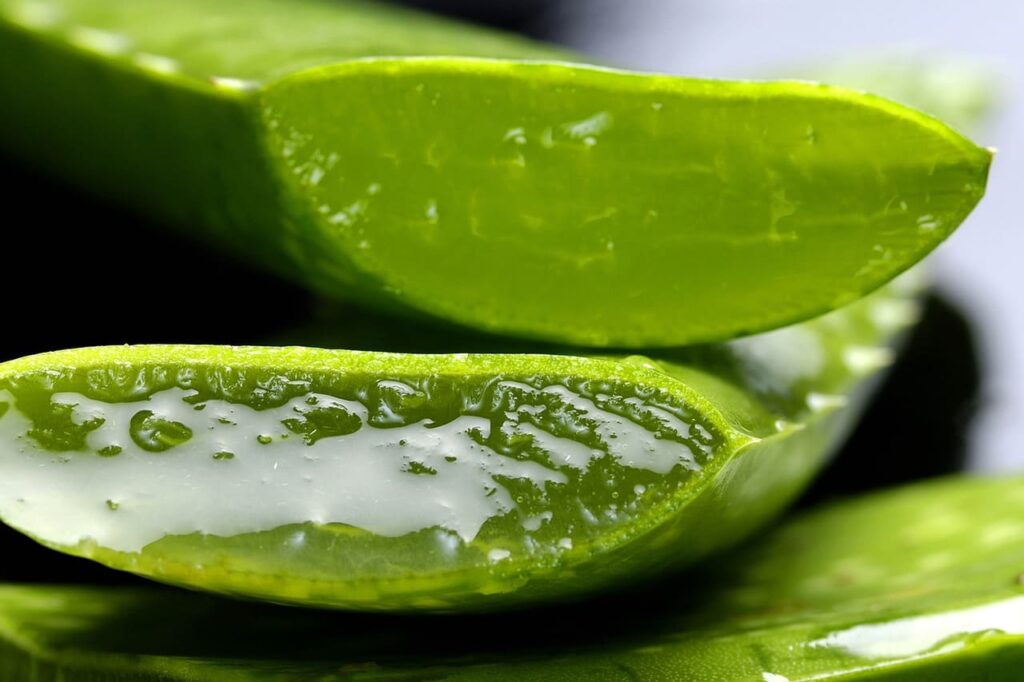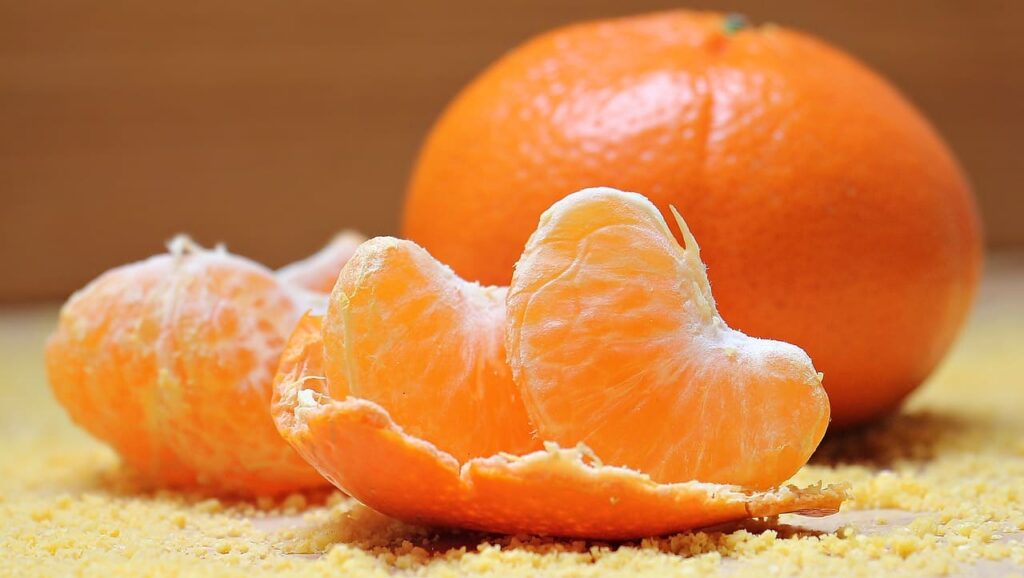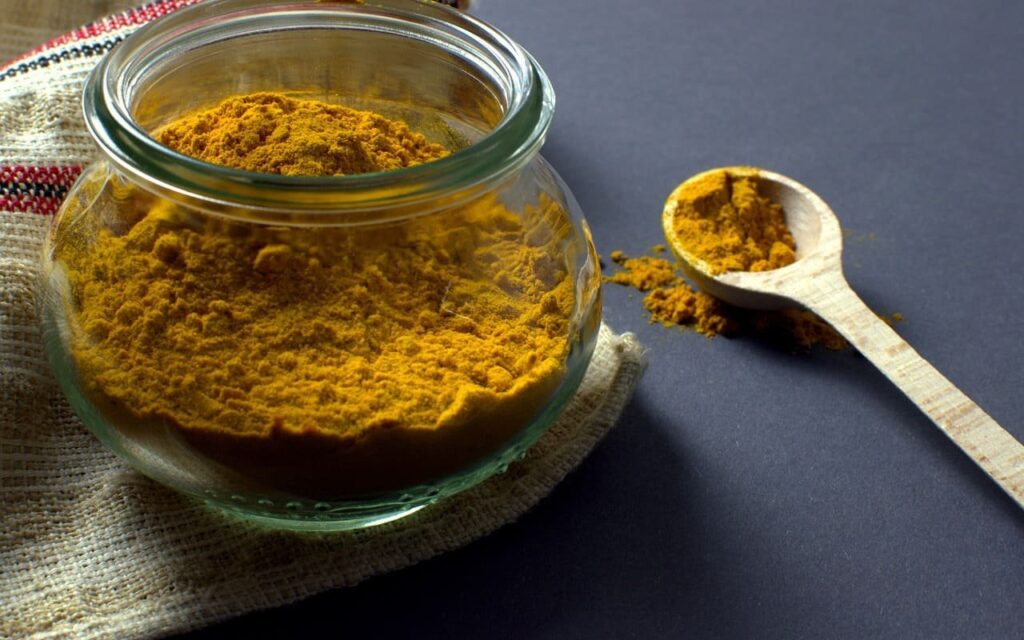Table of Contents
ToggleAll About Muscle Soreness
Muscle soreness is one of the most confusing and hence the most debatable topic in health and fitness. This blog will be one of the most clarifying blogs ever on muscle soreness as it will give you a brief overview over muscle soreness, the most common theories trying to prove its cause and the most common myths related to it.
If you want to know the most effective solutions to DOMS, then this blog How to reduce muscle soreness? is really recommended.
What is Muscle Soreness?
Muscle soreness which is also known as Muscle Fever/Delayed Onset Muscle Soreness(DOMS) is a burning sensation or pain which is caused by the micro-traumas to the muscles due to the strenuous workout.
The pain generally starts after 24-72 hours to workout. Its most common symptoms are pain and stiffness in the muscles, loss of strength and even in some cases swelling is noticed. The symptoms somewhere last around 5-7 days.
Competitive/Professional athletes call muscle soreness as “sweet pain” because they think muscle soreness or DOMS is linked with muscle growth and indicates the intensity of the workout which they have gone through. Is it the truth? You will soon get to know in this blog, as you proceed further.
Theories to prove the cause of muscle soreness
From many decades, world-over many studies have been conducted to find out the cause of muscle soreness and many theories have been drawn out but not all of them are true and the conclusions are still ambiguous. The most common theories are:
(1) Lactic Acid Accumulation
During exercise, the body converts glucose into energy anaerobically(without oxygen) because the oxygen cannot reach the muscles fast enough to produce and provide sufficient amount of energy that the muscle needs during the workout, as a result lactic acid is produced in the muscles. So the theory which is linked with this is that due to the lactic acid production the muscles are felt sore.
What Science Says?
The fact is that researches have conclusively shown that the lactic acid accumulation reduces in a matter of 24-48 hours post-workout and if you notice, exactly after that time span, the muscle soreness starts or becomes severe.
So, the duration of lactic acid accumulation and muscle soreness is inversely related. A study published in the Physician and Sportsmedicine journal indicated that lactic acid is not connected to exercise-induced muscle soreness on the subjects tested, after and during running. And many other studies around the globe have explicitly proven that muscle soreness is not caused by lactic acid.
[Verdict:-This theory is proven false.]
(2) Inflammation Theory

Inflammation is a type of body’s defense mechanism by which the body’s immune system recognizes and fights the hazardous and foreign stimuli and initiates the healing process. According to this, a theory is created that muscle inflammation is the reason for muscle soreness.
What Science Says?
The researches have shown that the muscle inflammation and muscle soreness are inversely related because when the DOMS increases the muscle inflammation decreases. Some studies have risen which are in favor of this theory but they are not conclusive enough to prove this.
[Verdict:-This theory is also false and cannot be hold reliable enough.]
(3) Eccentric Training
This is the theory which is been conclusively proven in the most researches. Eccentric movement is also known as Negative/Lengthening movement, which refers to the movement when you are instead of exerting the force, you are controlling it and it is generally the phase in which your body moves downwards, lengthening the muscles under load/resistance.
For e.g., during biceps curl, eccentric portion is when your dumbbell comes down. In eccentric training, you generally slow down the eccentric phase of the exercise, ideally the negative part should take 3-5 seconds. It is said that eccentric training is the cause of muscle soreness.
What Science Says?
The studies have clearly shown that the eccentric portion is one of the main causes of DOMS as it is proven to be more challenging and damaging to the muscles. A study published on May 2019 in the journal, Frontiers of Physiology(Front Physiol) and also another study published in the Journal of Physiology have proven this theory.
[Verdict:-This theory is true and is backed by scientific studies extensively.]
(4) New Exercise Stimulus

This is the other theory which is as strongly proven as the eccentric training theory. Whenever your body is introduced to a new exercise or new training method/variation, a new type of stimulus is been given to the muscles which is also called “Shocking/Shocking the muscles” principle, as the great bodybuilder Arnold Schwarzenegger used to say it.
What Science Says?
This is one of the strongest reasons of DOMS. That is why no matter how hard you train if your muscles are used to/have adapted the load of the exercise the chances of muscle soreness is very rare.
And also this is the reason why even experienced athletes also experience soreness, if introduced to new exercise format even after years and years of training. When your body goes through a new exercise or new workout routine, it shocks the muscle and your body needs time to adapt to this load.
[Verdict:-This theory is also proven true and it is as strongly proven as the earlier one.]
The 5 Most Common Myths

Myth-1:- Does muscle soreness mean muscle growth?
Ans. No, muscle soreness cannot be considered as an effective muscle growth indicator. Your muscles will grow as long as you are providing sufficient mechanical tension and progressive overload.
Myth-2:- Should you feel sore after every workout?
Ans. No, it is not necessary to feel sore after every workout. People often think that if they are not feeling sore after their workout then they have not train hard, which is completely false.
Myth-3:- Can you train the sore muscles?
Ans. Yes, you can absolutely and safely train the sore muscles and it will neither prolong your soreness nor it will inhibit the recovery of that particular muscle. But obviously due to the symptoms of DOMS like pain and stiffness in muscles, it will be a bit inconvenient to do the workout and your workout quality and quantity will degrade.
Myth-4:- Do experienced athletes/gym people feel muscle soreness?
Ans. Yes, no matter how experience you gain in your training, the intensity and occurring of DOMS is same just as in a case of newbie or intermediate, due to the above discussed proven theories.
Myth-5:- Can/Should you take pain killer for muscle soreness?
Ans. No, you should not take pain killers/NSAIDs(Non-Steroidal Anti-Inflammatory Drugs) because it may interfere with the muscle’s own ability to repair itself and also relying on them every now and then is no way a good option.
Takeaway
Muscle soreness is not a direct indicator of muscle growth and many other myths related to it are very commonly heard which are nothing but rumours. If you have read the article, then you now know what are the theories which are actually responsible for muscle soreness and which are not.






















Great information 👍
Thanks
Very helpful information 💙
Thanks